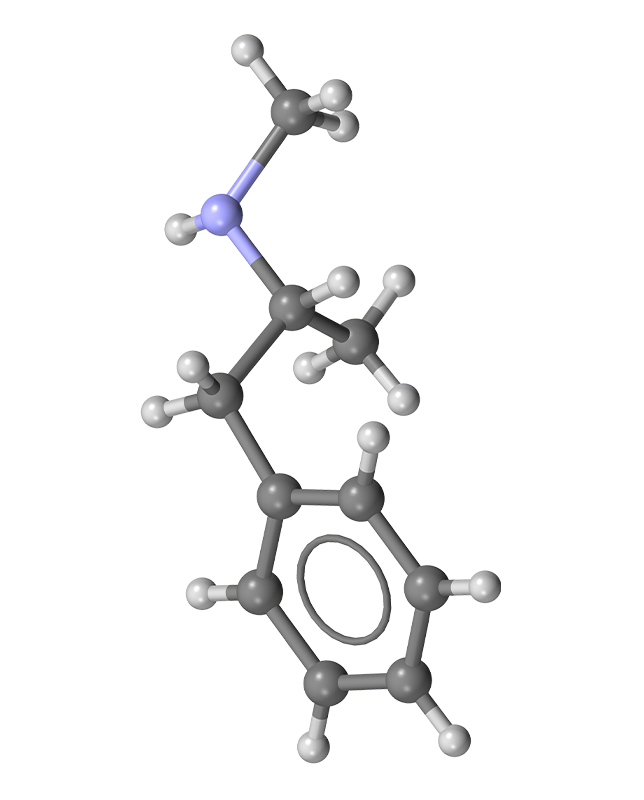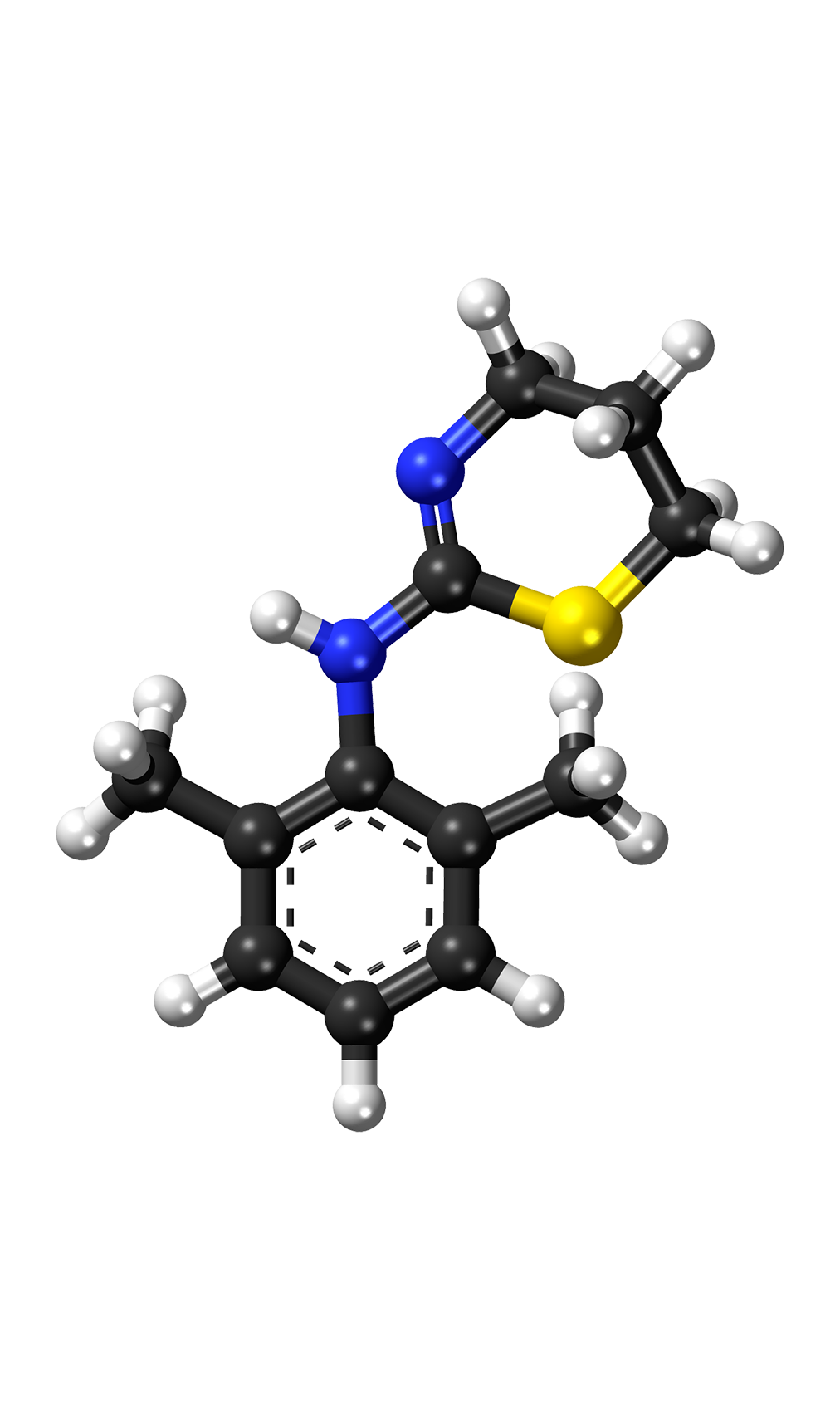
What happens if you mix methamphetamine (meth) with other drugs?
It is common for people to use more than one drug at the same time, also known as polydrug use or co-use. But there are some risks to consider.
Alcohol and methamphetamine
People may drink alcohol to “take the edge off” methamphetamine. Mixing methamphetamine and depressant drugs like alcohol can be risky. Stimulants can mask the effects of alcohol. This can lead to a person drinking more alcohol than intended and alcohol poisoning.
Xanax® and methamphetamine
Another depressant drug frequently taken in combination with methamphetamine is Xanax®. People might take Xanax® to combat the jitteriness of methamphetamine. Methamphetamine and Xanax® can be a dangerous combination. While methamphetamine speeds the body up, depressants slow the body down. This can increase the risk of overdose.
Stimulants (like MDMA) and methamphetamine
Combining methamphetamine with other stimulants like MDMA or cocaine can be risky. Multiple stimulants in combination with each other can increase the risk of overamping. This term can be used to describe several effects, including high blood pressure, increased heart rate, high body temperature, seizures, stroke, or heart attack. This can be damaging to the heart, brain, and other organs. It can be fatal. There is no overdose reversal medication for stimulants.
Heroin and methamphetamine
When someone takes methamphetamine and opioids together it is called “goofballing.” Mixing an “upper” like methamphetamine and a “downer” like heroin or fentanyl can be risky. It puts strain on the cardiovascular, central nervous, and respiratory systems and can increase the risk of overdose.
Viagra and methamphetamine
Sometimes people take methamphetamine to enhance sexual experiences, a practice called “chemsex”. Methamphetamine can cause erectile dysfunction. This leads to some people taking erectile drugs like Viagra during chemsex. This can be harmful because methamphetamine raises blood pressure, while erectile drugs lower blood pressure. The combination can put someone at higher risk of stroke.


